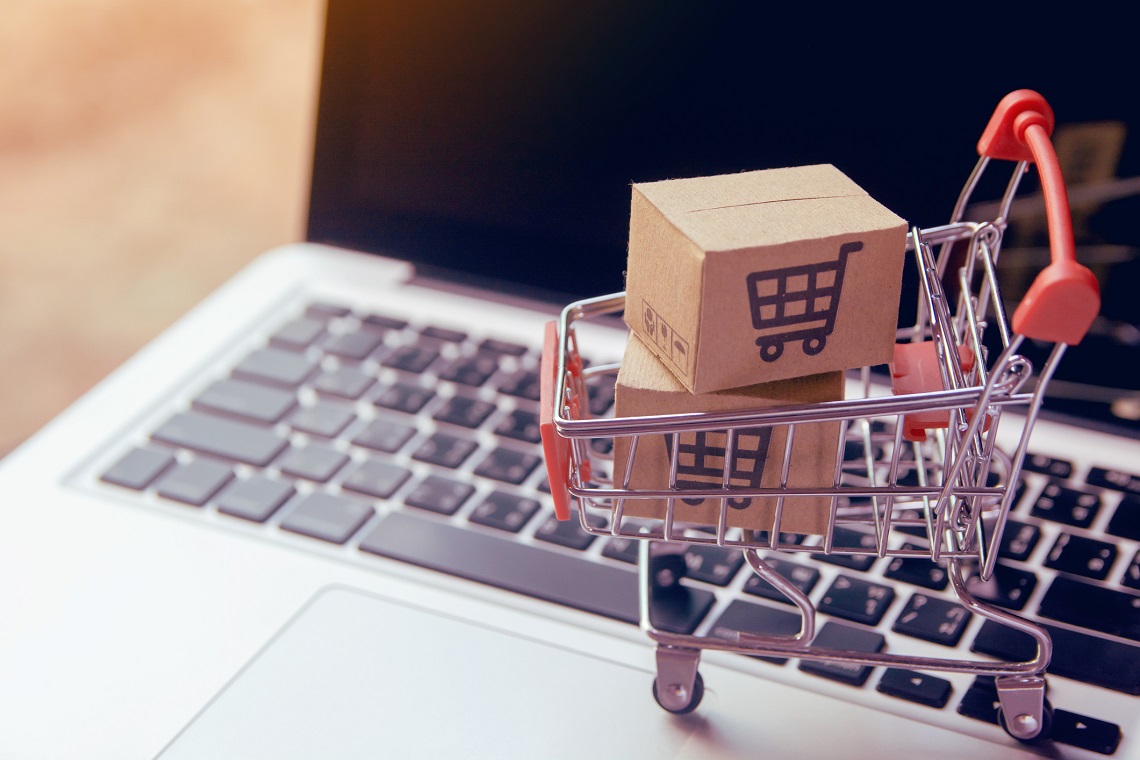In the latest presentation from IRI’s On The Pulse series, Channel Insights Manager, Dan Bone, discussed ‘the future of e-retail’ and where the most opportunity currently lies for e-commerce and online retail.
According to IRI analysis, 90 per cent of Australians shop online, and are doing so more often. The latest annual figures show 9.2M households now shop online on and there has been a 41 per cent increase in the rate of online shopping versus a year ago. The dollar value of online sales has grown 102 per cent versus two years ago (pre-pandemic), with online sales now accounting for 11.4 per cent of total retail sales.
“If we look at just the last year, we can see that online sales are growing nearly five times faster than what we’re seeing in total retail,” Bone said in the presentation.
While these figures are looking at all sectors of retail, the continued consumer love of online and astronomical growth across the board shows substantial promise for the liquor industry. But where does all this opportunity lie?
One of the themes that Bone explored in the presentation was the implications of embedded e-commerce and how this was becoming more important than ever to recognise.
“Online shopping is embedded into how we go about doing both grocery and non-grocery shopping, so it really creates this need to stand out on virtual shelves. That’s a more pressing need than ever before,” Bone said.
Bone said retailers need to focus on accelerating digital and e-commerce strategies, by identifying what the strategy actually is and investing further into e-commerce capabilities, including people, insights and digital brand presence. Part of this strategy should be some retailer and supplier collaboration to make sure margins and profitability are kept front of mind.
Bone added: “Physical stores, however, are still the most important part of the channel mix to get right. As much as I emphasise the way e-commerce is embedded and its more important, let’s not lose sight of the fact that physical store presence is really, really important.
“Survey work with our panellists shows that the main way that shoppers learn about new products is still through physical, in-store trade activations. Let’s get that balance right.”
Another key theme of the presentation was how lockdowns have impacted the uptake of online retail options. Throughout the pandemic, lockdowns have created multiyear change in a matter of weeks, and fluctuated the popularity of online. By looking at both local and UK lockdown results, IRI sees that as consumer mobility goes down, the rate of online sales goes up.
This means that maintaining online sales penetration will be more difficult moving forward, if lockdowns don’t happen again. Without this circumstantial driver, IRI said it’s likely that online sales will plateau, especially as so much e-commerce development so far during the pandemic has caught the ‘low hanging fruit’. Growth now won’t be as easy, and will require investment into creative, engaging and immersive experiences that hero a seamless omnichannel shopping journey.
Fulfilment was a theme that Bone also covered in the presentation, identified as a core customer experience pillar that can maximise success in online retail, when done right.
“Order fulfilment is arguably the most dynamic [component] and certainly the most debated, because of this rise of quick commerce and rapid delivery,” Bone said.
One of the more material shifts in fulfilment preferences of customers lately has been the move to click and collect. IRI referred to results from Endeavour Group, which noted that the number of pick up sales grew at a rate ahead of delivery sales, which sustained digital sales for Endeavour Group even after COVID restrictions began to ease.
For customers, click and collect allows convenience and safety (by not having to enter the store to browse), flexibility (to enter the store to browse if you forget something) and immediacy (through rapid purchase and collection options). For the retailer, this model allows better economics via e-commerce options and the possibility to drive a potential double transaction or increased spend.
Generally, IRI notes that online order fulfilment is happening at a larger scale, as more people are looking for “stock up” shopping missions rather than smaller basket purchases. A number of smaller quick commerce retailers have arisen to fill this space, so there is an opportunity for retailers to think about how to cater to these smaller and more immediate shoppers in the online world to close that gap.
The final theme explored by the IRI presentation was that of e-commerce ecosystems. An interesting area of this theme for the liquor industry is online marketplaces and collaborations that can provide additional customer and digital asset leverage. Bone said the marketplace model allows for retailers to boost range in a way that is sustainable for the business, and could help them compete with the likes of Amazon and eBay, which pull a huge part of their appeal from the range they have on offer.
“When it comes to e-commerce, we need to be thinking of ways to extend value and loyalty,” said Bone.
This is just a taste of some of the opportunities that IRI discussed in this webinar, which you can access for free via IRI. It is also a precursor to a more detailed report coming next week, available to IRI clients.

